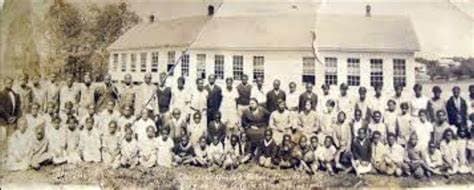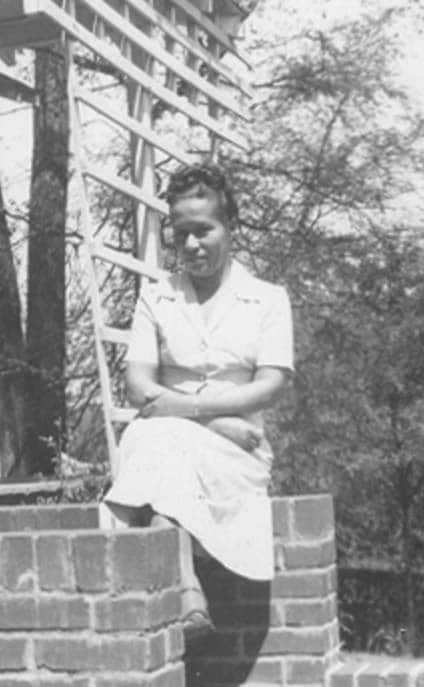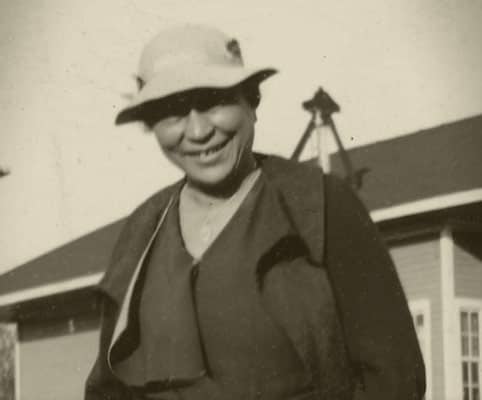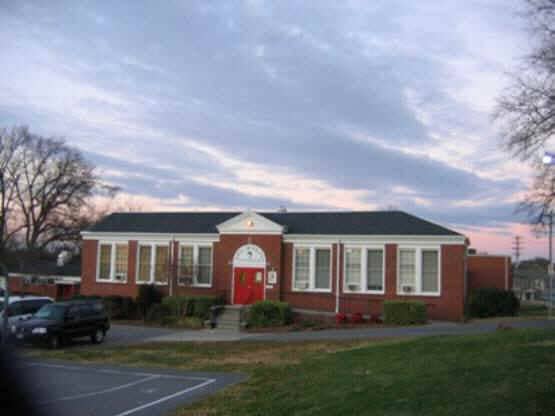
Wednesday, on Lknconnect.com’s website, Margi Kyle will be reporting on this past weekend’s celebration at Ada Jenkins. Prior to that article, let’s look into the history of the center.
The Ada Jenkins Center has a fascinating history that dates back to the early 20th century. Back then, African American communities in Mecklenburg County faced significant barriers to education. The Rosenwald Schools, which helped provide education to African American children in many parts of the country, were absent from Davidson. Consequently, the African American community of Davidson established small frame buildings in the town’s Westside neighborhood to educate their children.

In the 1930’s, fire destroyed a small wooden schoolhouse in the Mock Circle area of Davidson. Despite the Great Depression and limited funding from the Mecklenburg County Board of Education, local schoolteacher Ada Jenkins rallied the community to raise enough funding to build the Davidson Colored School. She raised funds for the construction of the school and played a significant role in the education of its first students. Despite the challenges posed by Jim Crow laws, the African American community of Davidson was determined to improve education for their children.

Within ten years of its opening, the Davidson Colored School added a library and two more schoolrooms, partly because of its growing high school. It also added a grade each year until it reached the eleventh grade. After Jenkins died in 1944, the school was renamed the Ada Jenkins School to honor her contributions to education and the local community. The school continued to evolve, becoming exclusively an elementary school in the 1946-47 school year and expanding with the addition of a gymnasium, a classroom wing, and a freestanding cafeteria around 1958.

In 1966, the integration of Davidson’s segregated schools resulted in the transfer of all Ada Jenkins School students to Davidson Elementary School and Torrence Lyttle High School, seemingly rendering the Ada Jenkins School obsolete. However, within a year, it was revitalized as the Davidson Child Development Center, a testament to its adaptability and commitment to serving the community. This center, later renamed the Ada Jenkins Center in 1998, now oversees 21 diverse programs that greatly benefit the community, including a free medical clinic and various after-school programs for children.

The Ada Jenkins School is the largest and most prominent historic element of the built environment of Davidson’s traditionally African American Westside neighborhood. The structure reflects the local Black community’s decades-long commitment to improving the education of its young people despite the difficulties posed by the era’s Jim Crow laws. It’s worth noting that Ms. Jenkins played a significant role in the school’s operation, leading the school’s glee club and teaching piano and organ. Her presence was significant, and renaming the school in her honor was a fitting tribute to her contributions to education and the local community.
The Center continues to promote the importance of education and equal opportunity for all citizens. Today, they are a 501 (c) 3 not-for-profit organization helping those in poverty break the cycle and gain economic independence. The Center has become a resource hub for Davidson, Cornelius and Huntersville and a well-respected model for community centers in the region.
As mentioned, LKNConnect.com aims to report the history of “Life Before The Lake.” We will be researching the past of the towns around the lake and would like to hear from you about your family’s history of the area.
I have lived in Huntersville my entire life. We actually trace my family’s history back for eight generations. When folks hear this, they ask, “What was life like before the lake?” That question inspired me to research the history of the area. This new feature is the result of those questions. I plan to write many articles about “Life Before The Lake” and post them on www.Lknconnect.com’s website.
Information for this article came from several sources. One was Chuck McShane’s book A History of Lake Norman, published by The History Press, Charleston, SC 29403, Copyright, 2014. Another source was from Cindy Jacobs’ book, Images of America, Around Lake Norman, published by Arcada Publishing, Charleston, SC Copywrite, 2008. Some material also came from Leslie B. Rindoks’s book, A Town By Any Other Name, by Lorimer Press, published in 2005.
Follow LKNConnect.com for future short articles from these books, or they can be ordered from your favorite online bookstore.